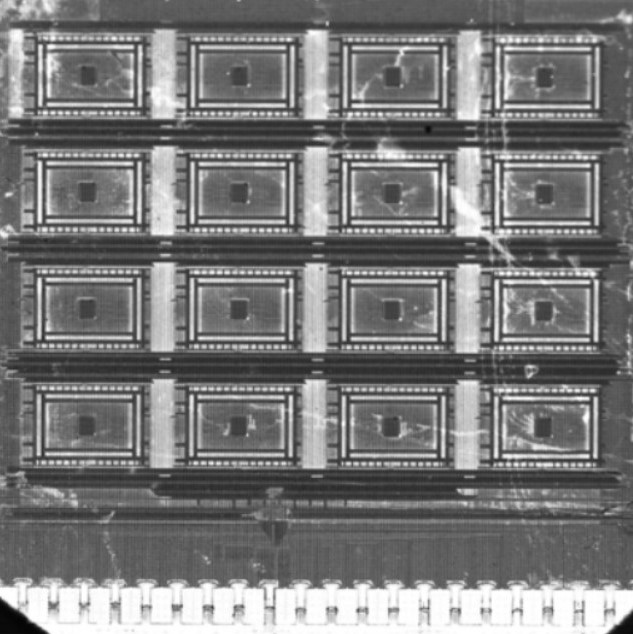A team involving three CNRS laboratories – including ISIR, C2N, and IM2NP – CEA Leti and startup Hawai.tech, has produced a prototype machine that performs an artificial intelligence task (recognizing a human gesture) using thousands of times less energy than a traditional solution. These results are presented in an article published in the journal Nature Electronics.
Artificial intelligence is making great strides, particularly thanks to deep learning techniques. But the main drawback of these systems is their high energy consumption, which is prohibitive for “embedded” applications, whether in the medical field (patient monitoring), or in the monitoring of buildings and industrial facilities via intelligent sensors.
In a traditional computer, the energy consumption by AI algorithms is mainly related to data movements between the memory and the computing unit, which are always separate. To solve this problem, a team involving three CNRS laboratories (the Centre de nanosciences et de nanotechnologies (C2N, CNRS/Univ Paris-Saclay), the Institut matériaux microélectronique nanosciences de Provence, (IM2NP, CNRS/Aix-Marseille université) and the Institut des systèmes intelligents et robotique (ISIR, CNRS/Sorbonne université)), CEA-Leti and startup Hawai.tech, have produced a prototype artificial intelligence machine based on a new technology of nanocomponents, memristors, which integrate computing and memory functions. These results were published in the journal Nature Electronics.
The new machine is composed of 2048 hafnium oxide memristors and 30,080 silicon transistors. To build it, the team had to meet two challenges: integrating very different electronic technologies, and inventing techniques to eliminate the errors inherent in memristor components without increasing the machine’s power consumption. The prototype uses Bayesian reasoning. An artificial intelligence technique that can work with little information, unlike deep learning, which builds a model from many examples. Moreover, Bayesian reasoning can be fully explained, which is not the case with deep learning.
The scientists showed that the Bayesian memristor machine could recognize a human gesture – the writing of a number or a signature – using thousands of times less energy than a solution based on a traditional microcontroller. The research will now continue within the framework of the Electronic Acceleration PEPR. In addition, the C2N laboratory will continue research on the Bayesian memristor machine, with a larger-scale prototype that will allow realistic applications to be tested. A transfer of the technology to the start-up Hawai.tech is envisaged.

Source of the article: INSIS website.
Scientific contact at ISIR :
Pierre Bessiere, CNRS research director;
Jacques Droulez, research director emeritus CNRS.


